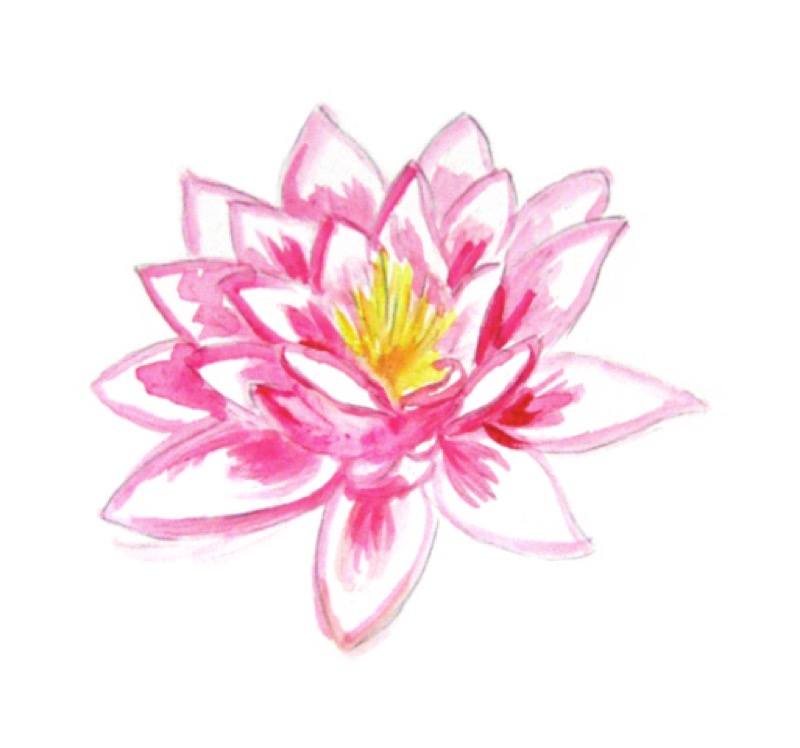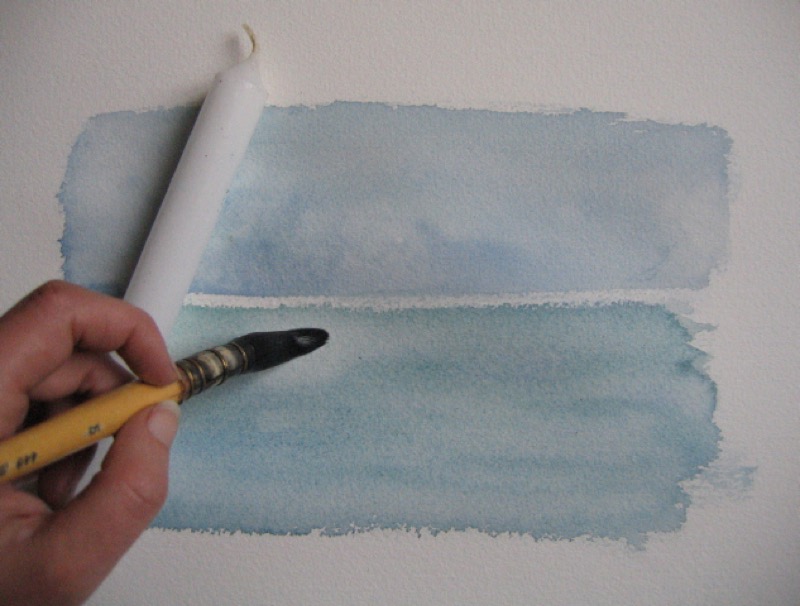The less saturated with color your watercolor painting is, the more it can breathe! This is why it is important to leave white spaces, that is, to set aside areas where the white of the paper shows.
What you need to know:
-White spaces are most often created with drawing gum.
-You can also use stencils or adhesive masking paper to achieve surprising shapes.


